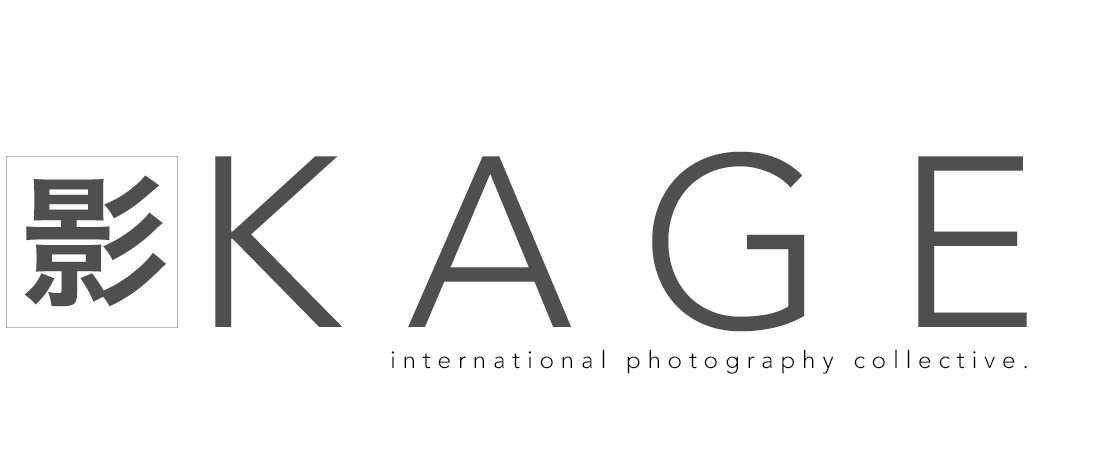By Patrick La Roque
Vinyl, it turns, out, was a gateway.
I first installed the turntable on a rotating tv stand (quite the anachronistic piece of furniture from my mom's house), next to the desk, connected to the mixer through a small pre-amp hastily purchased from Amazon. The old records sounded great in the studio monitors, and for awhile I was perfectly content spinning albums while busying myself with daily work. But after a few after-hours listening sessions in that office chair, I thought to myself "man, this is kinda silly". So I pulled an older set of slightly busted powered speakers out of storage, and moved the whole setup to the other end to the room. The sound took a hit, but I could live with it. I went up to the attic, found an ageing Ikea lounge chair—a leftover from my bachelor days—dropped it smack-dab on the "sweet spot". But now the tv stand looked ridiculous so I ordered a small media cabinet, cheap and nothing fancy, but clean. I added my buddy Robert's Uberlight to illuminate the turntable when needed. Got some cleaning supplies to refresh my dusty collection (along with twenty+ classical records acquired for a dollar each at a neighbourhood yard sale).
One day, not too long ago, I started thinking about the receiver I'd purchased back in the 90s—a mid-range Harman Kardon. The new cabinet had this built-in shelf just begging for it. I remembered something being broken, but after a good cleanup everything worked, except for the radio. No big deal, right? I unplugged the pre-amp, tested the receiver's Tape Out to see if it would send a signal to the powered speakers. It did, and the sound immediately expanded (not sure why, it's a direct pass through...whatev). This Tape Out setup, however, meant bypassing the unit's signal processing. Bit of a shame. I cursed myself for selling RFT speakers for peanuts, years ago.
Note to self: be a pack-rat, damn it, you never know.
On our visit to the Maricourt flea market I headed straight for the electronics section, hoping to maybe get lucky and unearth a decent pair of stereo speakers. Nope. Damn it. I was a dog with a bone now. I found myself lurking on audio forums here and there, to get a sense of what was available, what could be ok, and affordable. Brands to avoid, those to look for. Just curious, you see.
I found a deal on a set of Elac Debut 2.0 b6.2—German brand, design by Andrew Jones (famed speaker designer), mostly glowing reviews all-around.
I took one more step.
...
I've been a musician my entire life. I used to spend hours and hours dissecting album after album, of all genres, lying on dusty apartment floors, alone or with friends, rooms drenched in burning incense with the lights turned down to half a sliver of a lux. But over time music slipped into the background, a soundtrack to merely colour the day to day movements of our lives. Unobtrusive to the point of anonymity. Music for work, for dinner, for cooking, and driving. Music as decor. Spatial Audio? Pfff. Most of this wasn't even played in stereo anymore, relegated to solitary Echo and Sonos devices pretending to sound right.
Now for the first time in years, I don't simply hear music—I stop, I explore, I choose, I listen. Not just to vinyls either: I've wired outputs from the studio mixer to the Harman Kardon receiver, which allows me to send audio from the Mac (or any device with Airplay), opening up our entire streaming library.
Filling a room with sound is transcendent: there is air and movement and vibrating particles interlocking, bouncing off walls and piercing the skin. Resonances like mantras and soft meditations. Character borne of chipped paint, old wood, and glass. It's the sound of ghosts, of unrelenting memories, a realm of contemplation and awe and alchemy.
Vinyl, it turns out, was a way back.







